by Mark Stevens
113 shares
Last Updated on August 15, 2022
Tie rods are vital for precise steering in all vehicles. A functional tie rod connects the suspension and steering system to the front wheels on the ground by several joints, so that the wheels turn accurately as the steering wheel is turned. Such a system allows the driver to use minimal force to turn the vehicle.
But like everything in a vehicle, the tie rod ends will age over time. They will also endure faster wear and damage if you regularly drive over bumps or rough roads.
Need help with a car problem RIGHT NOW?
Click Here to chat online with a verified mechanic who will answer your questions.
Such conditions may cause the tie rod ends to malfunction within a few years, but those on other vehicles may last many years without replacement. Bad tie rod end symptoms can present themselves in various ways.
Table of Contents
Tie rods, made up of inner tie rods and outer tie rods, link the front wheels to the steering wheel. Both have greased ball joints at the ends to allow rotational forces to be transmitted through the system.
The outer tie rod end is protected by a rubber boot to keep grease in and dirt out, but this rubber can crack with time and allow moisture to get inside the joint and cause corrosion.
See Also: 4 Symptoms of a Bad Ball Joint
You’re probably wondering how do you know if a tie rod end is bad? Well, there are several very noticeable symptoms that you can watch out for. Below are some common symptoms of a faulty tie rod end.
The tie rod keeps the components of the suspension solid and tight. If the tie rod end goes bad and loosens, the parts of the suspension will also loosen and cause vibrations and shakes which can be felt in the steering wheel while the vehicle is in motion.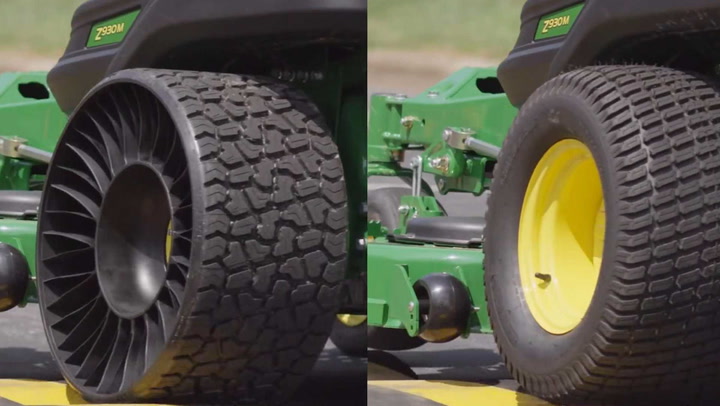
These steering wheel vibrations worsen as the car accelerates and when turning corners.
The tie rod helps sustain the alignment of your vehicle’s front end, and a damaged or worn tie rod end causes loosening of the parts. This will cause the front end to become misaligned and track poorly.
This misalignment is noticed while driving the vehicle because it will start veering to the left or right as it’s pointed forward. This is easy to see if you briefly remove your hands from the steering wheel after directing it straight while driving. A properly-aligned vehicle should maintain a straight path.
A bad tie rod end can also cause the steering wheel to feel loose or have excessive play. This is a dangerous condition, as it can lead to a complete lack of steering. Take the car to the auto shop at once if you notice a loose steering wheel.
See Also: Causes of a Steering Wheel That’s Hard to Turn
Any squeaking or squealing while the vehicle is in motion can indicate undesirable metal-on-metal contact.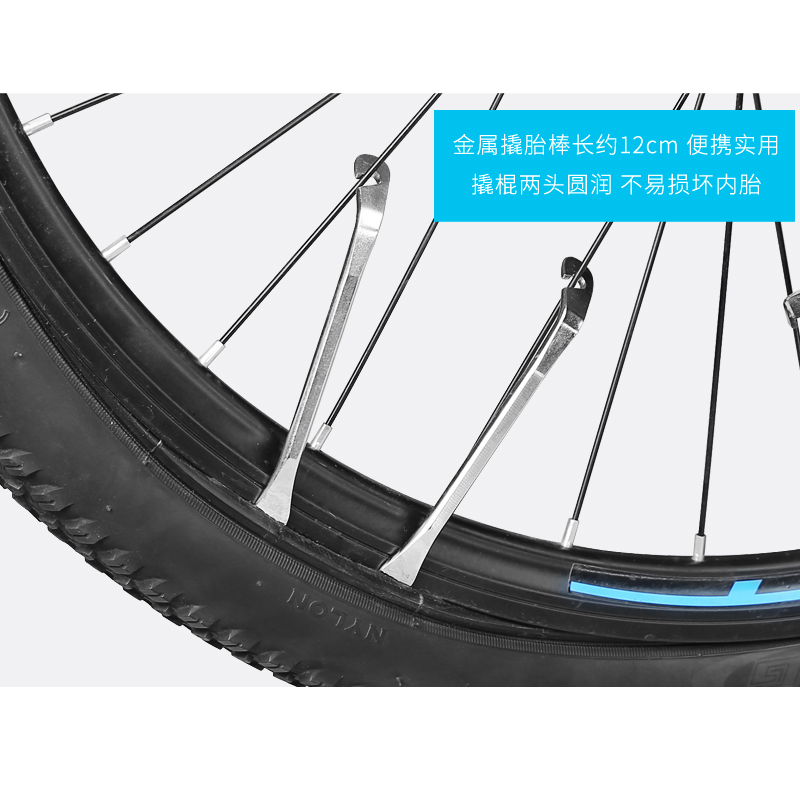 A high-pitched squeaking sound while driving the vehicle, especially around corners, can indicate a tie rod end rubber boot that has cracked, allowing for a loss of lubrication.
A high-pitched squeaking sound while driving the vehicle, especially around corners, can indicate a tie rod end rubber boot that has cracked, allowing for a loss of lubrication.
Clunking or rattling can also be heard from the front end of the car. Since strange noises don’t automatically imply a failing tie rod end, you’ll want to see if any other symptoms on this page exist.
Tire wear is a normal occurrence, and should be even on both sides. Uneven wear on one or more tires can indicate a problem. A bad tie rod will cause the inner or outer edges of a tire to wear faster than the rest of the tire.
You can check for abnormal tire wear by standing in front of the vehicle and looking at the inside and outside edges of the front tires.
Uneven tire wear can also have other causes such as a bad alignment, improper tire pressure, or unbalanced tires so it is a good idea to have the car examined by a mechanic.
Once the tires begin to wear unevenly, the entire vehicle can start to vibrate.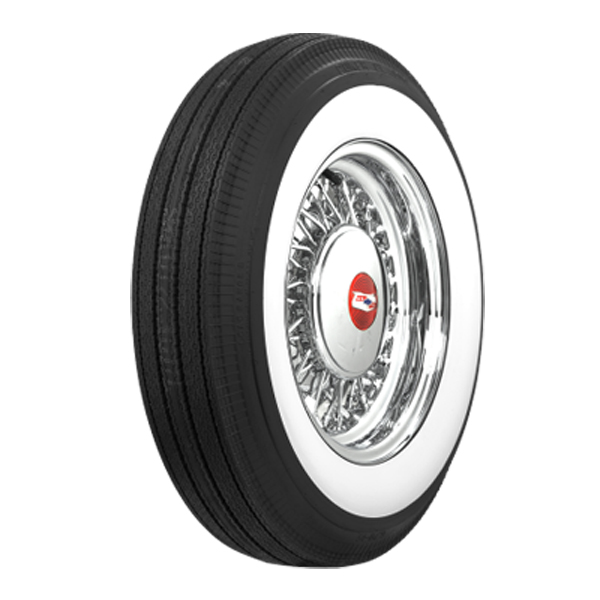 These vibrations intensify with acceleration, which makes it difficult to drive comfortably. Comfort may be the least of your worries, though.
These vibrations intensify with acceleration, which makes it difficult to drive comfortably. Comfort may be the least of your worries, though.
Vehicle vibration can also be caused by nearly complete failure of the tie rods, which is a very dangerous situation. In this case the tires are loose and shaking on their own, and you may be close to losing steering. Have the vehicle repaired immediately.
See Also: 3 Symptoms of a Bad Sway Bar or Sway Bar Link
On average, the cost to replace a tie rod end ranges from $100 to $400 depending on vehicle, quality of parts used, and how hard it is to get to the tie rod end.
For parts cost, a tie rod end can cost anywhere from $20 to $100, no matter if its the inner or outer tie rod. Outer tie rod ends are fairly simple to replace so expect to pay around $80 to $100 in labor as most mechanics will charge a one hour minimum. Inner tie rod ends take a bit more effort to get to so count on about $150 to $300 in labor.
Since at least 50% off the total cost is labor, it makes sense to buy OEM or high quality parts to get your money’s worth. Don’t forget to include a front-end alignment in the cost estimate as this is necessary after the repair is completed.
Shop around to compare labor rates at all your local auto shops to reduce the total cost as much as possible. Obviously, lowest labor rate is everything but often you can find a trustworthy independent shop that charges half of what a dealership would charge. Taxes and other fees may be added to the final price as well.
It’s a good idea to have the vehicle checked by a mechanic if you notice any of the above symptoms.
However, you can first check to see if your tie rods are loose by grasping a front wheel on the sides and simultaneously pushing with one hand and pulling with the other to see if there is any play in the wheel.
The tie rod can also be grasped and wiggled to check for laxity.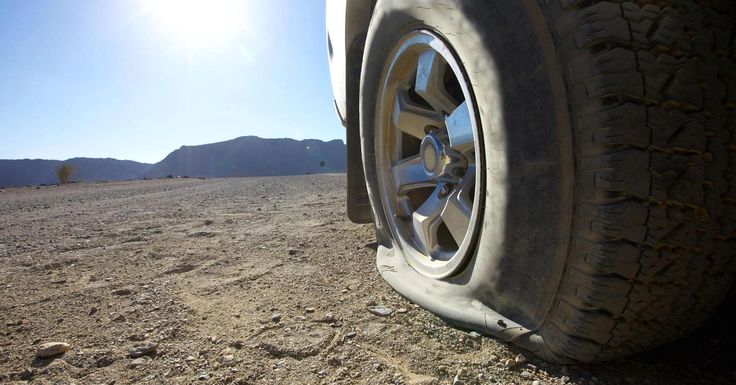 Excess mobility is abnormal and repairs will be needed immediately.
Excess mobility is abnormal and repairs will be needed immediately.
Ask a question, get an answer ASAP!
Table of Contents
For a tie rod replacement, you will generally pay around $70 to $200 for parts and labor. Here’s the breakdown for you. The tie rods don’t take long to replace, so labor is only going to run you between $30 to $100 for most cars. Your car’s make and model will cause the price to go up or down according to how difficult the replacement process is.
The parts will normally be between $20 and $100. Once again, the kind of car you have will determine the cost. More expensive cars tend to have more expensive parts.
Below are some sample costs for parts and labor from some of the leading repair shops in the country. The cost of repair will vary depending on your brand of car and how much your own mechanic charges for labor.
The cost of repair will vary depending on your brand of car and how much your own mechanic charges for labor.
| Work | Warranty | Price |
| Parts & Labour | 12 months | $68 – $286 |
| Work | Warranty | Price |
| Parts & Labour | 12 months | $78 – $480 |
| Work | Warranty | Price |
| Parts & Labour | 12 months | $80 – $399 |
| Work | Warranty | Price |
| Parts | 6 Months | $22 – $97 |
| Work | Warranty | Price |
| Parts | Limited | $12 – $89 |
| Work | Warranty | Price |
| Parts | Limited | $15 – $145 |
Your car’s steering and alignment are partially controlled by tie rods. These small rod contribute to the steering system and they keep your tires aimed in the right direction. Once they start to malfunction, your car may not control the way it should anymore.
These small rod contribute to the steering system and they keep your tires aimed in the right direction. Once they start to malfunction, your car may not control the way it should anymore.
If your tie rods have been malfunctioning for a while, they can cause additional stress on many other parts of the steering system. Over time, that creates damages that can be expensive to repair. So the sooner you have your tie rods replaced, the less expensive the repairs will be.
Tie rods are essential to your car controlling like it should. Once they start to go, your car isn’t going to handle very well. We’ll cover what things you should look out for in the next section, but just know that if you don’t keep your tie rods in good condition, then you will not have a very pleasant driving experience. It can even become downright unsafe to allow your tie rods to remain in poor condition.
Keeping your tie rods in great shape ensures that your car and the tires in particular are going to last a while.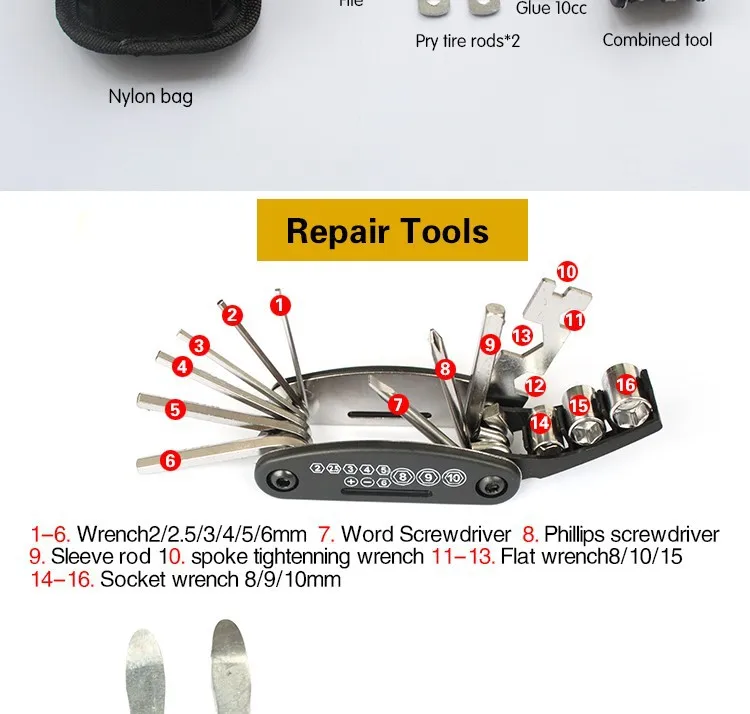 When the tires get out of alignment, and they will if your tire rods aren’t working right, then you will see abnormal wear and tear on the tires. By replacing your tie rods at the right time, you can avoid a lot of that damage and save yourself some money.
When the tires get out of alignment, and they will if your tire rods aren’t working right, then you will see abnormal wear and tear on the tires. By replacing your tie rods at the right time, you can avoid a lot of that damage and save yourself some money.
Would you like to know when you should see about having your tie rods replaced? Here are the warning signs to watch for that let you know it could be time:
If you notice any of these problems, you should have your tie rods and steering system checked out. Of course this is the kind of car part that should be inspected during regular tune-ups. If your mechanic tells you that the tie rods are starting to look worn or may need replacing, then you should definitely have this rather inexpensive and simple repair done right away.
The longer you wait to have it done, the more damage your car will experience. This is a simple automotive maintenance procedure that should not be overlooked. The tie rods are quick and easy to replace, but it may not be so inexpensive to replace your tires and other parts that can be affected by bad tie rods.
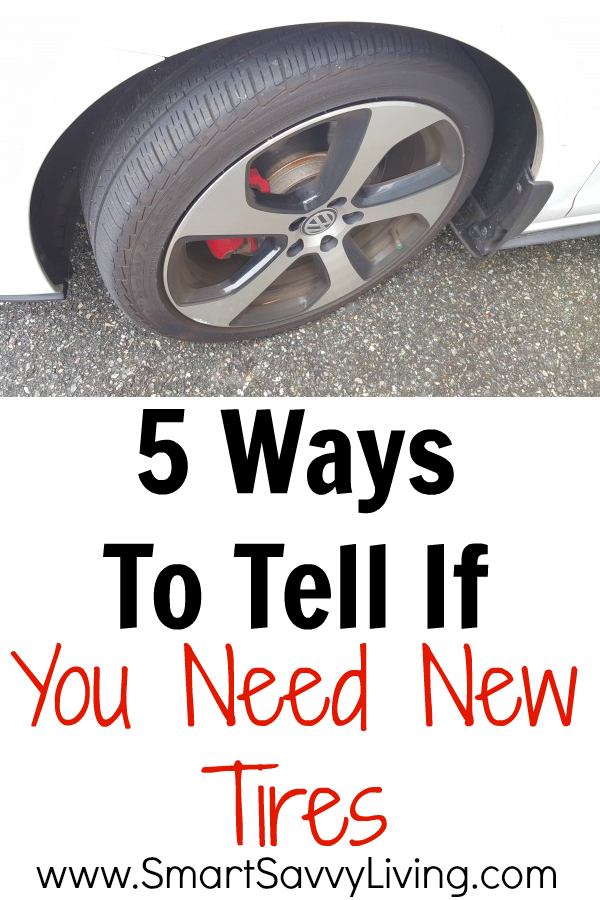
Because there are no expensive or hard to get tools required for this job, it is something that just about anyone can do. You will want to make sure that you are experienced at replacing tie rods or follow the instructions of someone who is (perhaps even using an instructional video), but this is a fairly simple process, and it should give you a lot of trouble if you want to cut cost by doing the work on your own.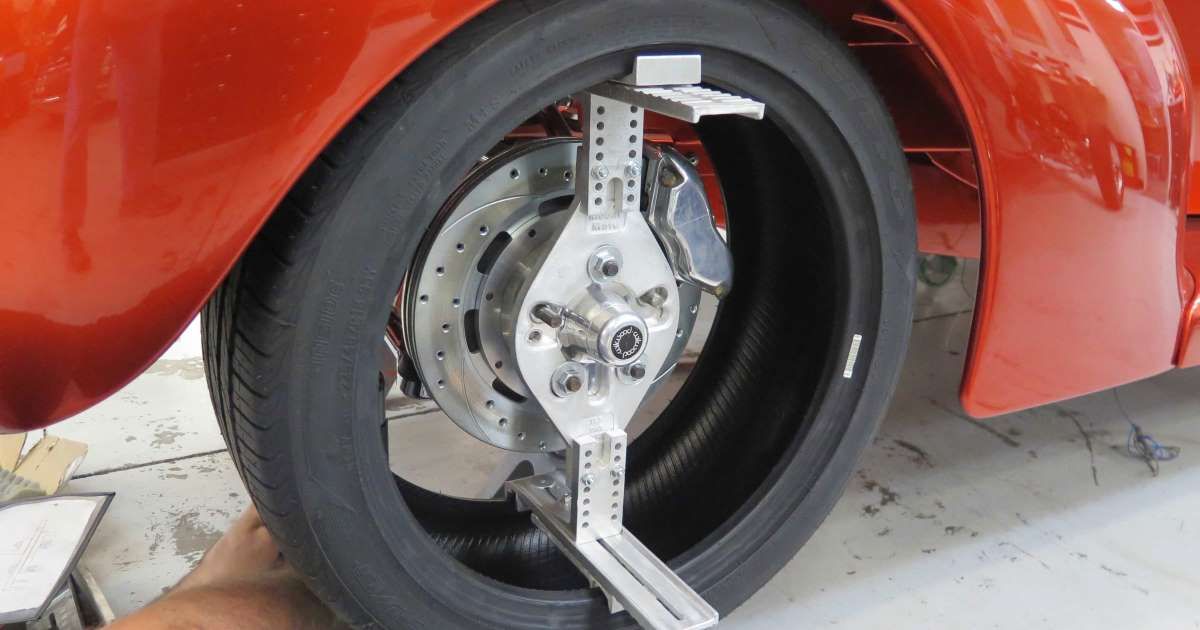
That said, this is a fairly inexpensive repair job, and it may benefit you to just leave it to a professional. But your best way to save money on it will be to have it done as soon as you know there is a problem. The longer you want it get your tie rods replaced, the more damage your car may suffer from. Catching the problem early is going to save you a lot of money.
While replacing the tie rod is not a particularly time-intensive job, there can be a variance in prices when you factor in the cost of the parts from different manufacturers. Below are some sample costs for the repair on some popular car models.
| Model | Labor | Parts | Total |
| Ford F-Series | $31 – $40 | $48 – $62 | $80 – $102 |
| Chevrolet Silverado | $71 – $90 | $25 – $95 | $96 – $185 |
| Ford Focus | $31 – $40 | $29 – $121 | $61 – $161 |
| Toyota Camry | $31 – $40 | $63 – $95 | $95 – $135 |
| Toyota Corolla | $126 – $161 | $51 – $72 | $177 – $233 |
| Nissan Altima | $63 – $80 | $42 – $60 | $105 – $140 |
| Honda CR-V | $94 – $121 | $21 – $76 | $115 – $197 |
| Honda Civic | $346 – $442 | $23 – $51 | $369 – $493 |
| Honda Accord | $118 – $151 | $21 – $59 | $139 – $210 |
| Ford Fusion | $39 – $50 | $29 – $121 | $68 – $171 |
Compare your quote to other individuals from around the country to make sure you are getting the best deal. The average for Tie Rod is $365
The average for Tie Rod is $365
report this ad
We have already written how to check the geometry of the body, generator, ignition system, battery, engine, running gear when inspecting a used car. In this article we will tell you how to check the tires when buying a used car.
Some experts say that using used tires is like playing Russian roulette - you only have to rely on luck. And to make the case really happy, you should check the wheels as carefully as possible.
Tires are a guarantee of safety on the road.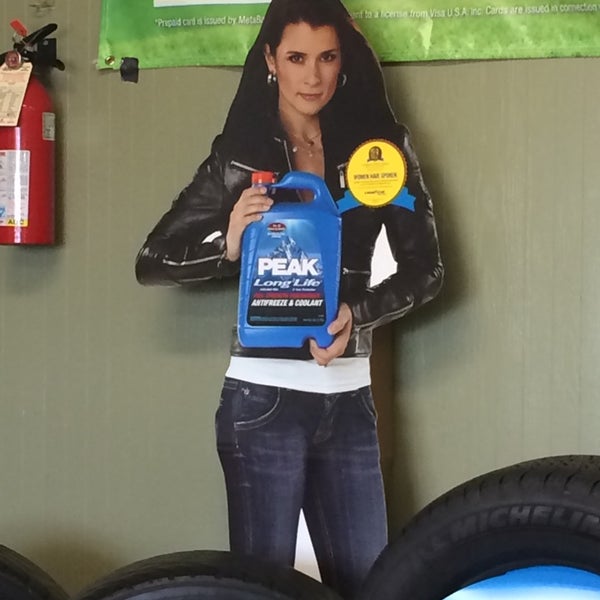 When inspecting a car and used tires, check the following:
When inspecting a car and used tires, check the following:
Each of the parameters is important in its own way, and therefore ignoring at least one of them can significantly reduce the level of safety on the road.
We recommend checking first. If the tires have served their allotted time, further operation does not seem rational. This is easy to do - the date consists of two digits: the week number and year of issue, applied to the outside of the rubber. If, upon inspection of the machine, it is found that the numbers on each wheel are different, then this indicates a non-simultaneous replacement of the wheels. The reason for the replacement, if the service life has not yet come up, you should ask the seller.
Visual inspection is sufficient to check tire wear. It is important that tire wear (if any) is uniform over the entire circumference of the wheel. Uneven tire wear can be a sign of wheel imbalance, and it also indicates a possible sloppy driving style of the previous owner, which can cause several more problems when operating a car. Increased wear on the outside indicates insufficient tire pressure, which should also be checked before a test drive. The operation of such wheels is fraught with the fact that in corners the rubber will not “hold” the road well. If the center part was more subject to wear, get ready for a decrease in acceleration, handling and braking.
When buying a car, be sure to pay attention to this parameter. Tests show that the permissible tread depth should be at least half of the original - for summer tires it is at least 3 mm (1.6 mm by law, but it would be better to leave a margin), for winter tires - at least 4 mm.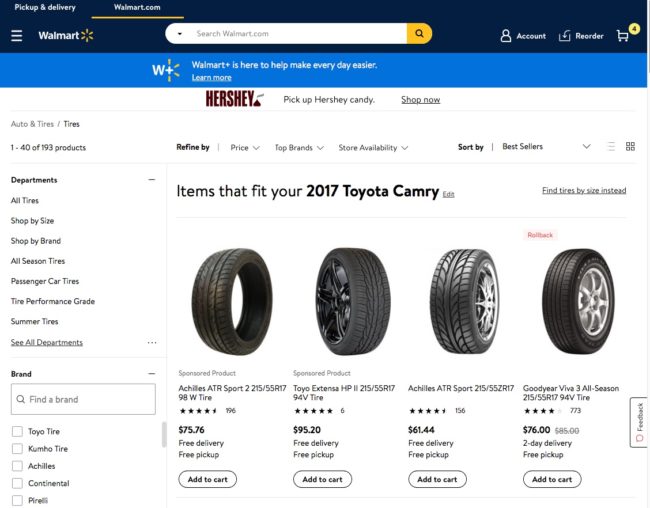 It is not difficult to check the depth - in car dealerships you can buy a special probe with marks or use a simple ruler.
It is not difficult to check the depth - in car dealerships you can buy a special probe with marks or use a simple ruler.
When inspecting the tread, it is not superfluous to check for signs of repair from the inside (on a smooth surface). By themselves, the patches on the tread are not critical, but only if their number does not exceed a couple of pieces per wheel, and their size is a third of the width of the pattern. Otherwise, the operation of the "horse" on such wheels should be abandoned. Pay attention to the nature of the patch - the restored tread pattern (the so-called "grooving") can result in a tire rupture.
The tire grips the road surface across the entire tread width. The edges of the tire also have an impact on braking performance. The smaller they become, the less grip the rubber has on the road surface, and therefore the risk of driving on wet or slippery surfaces increases. A worn leading edge indicates problems with the car's suspension, which is also worth paying attention to. You can check this part of the tread "by touch" - the problem is present if the teeth on the tread edges differ in sharpness.
You can check this part of the tread "by touch" - the problem is present if the teeth on the tread edges differ in sharpness.
Tire micro cracks can occur even under conditions of minimal rubber wear and careful storage. The average service life of rubber is 5 years, but, as a rule, by the end of the term, the tire naturally becomes unusable. In the presence of small cracks, it is not recommended to exceed the speed of more than 80 kilometers per hour, otherwise the chances of complete tire wear increase rapidly. Deep cracks appear with a large degree of delamination of the tire. The use of such tires is highly discouraged.
Defects in the form of cuts and repair marks are a clear signal to stay away from the selected used rubber. As a rule, tire side cuts are dangerous due to the fact that the repair of such defects is extremely difficult and not gives a further guarantee of the quality of rubber operation. But, in addition, it is necessary to check and make sure that there are no hidden damages. Deformation of the tire carcass in the form of dents and creases can be the result of driving or parking on a flat tire, as well as a strong impact. The end of the service life in this case may come earlier than expected.
But, in addition, it is necessary to check and make sure that there are no hidden damages. Deformation of the tire carcass in the form of dents and creases can be the result of driving or parking on a flat tire, as well as a strong impact. The end of the service life in this case may come earlier than expected.
The internal delamination of the tire is extremely difficult to detect. A warning can be various types of swelling on the inside of the tire. Visible breaks in the layer are also possible. Check the degree of puncture of the tire - when pressed with two thumbs, the tire should not deform much, but will quickly return to its original shape.
These tire and wheel test parameters apply to both summer and winter tires. But, in the cold season, when the car is “reshod” in winter tires, some other factors should be taken into account.
In winter, buying a car with winter tires is considered correct, but another situation is possible, so do not neglect the inspection of the wheels.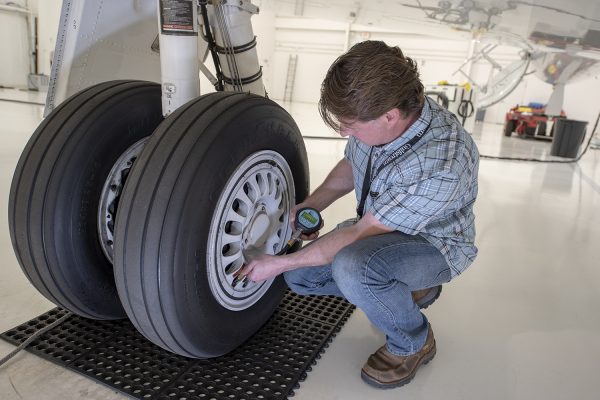 First of all, you should check what the car is “shod” in - it can be idle for a long time, especially if the transaction takes place in the car market. Winter wheels are divided into two types: studded and friction.
First of all, you should check what the car is “shod” in - it can be idle for a long time, especially if the transaction takes place in the car market. Winter wheels are divided into two types: studded and friction.
Equally important is the tread depth. For 100%, it is customary to take the tread depth of new tires, 0% - unusable, respectively. The minimum permitted tread depth for winter tires is 4 mm, otherwise 0%. From the factory, tires are produced with different depths. Keep in mind that if the initial depth reached 8 mm, then 4 mm is not 50% wear, as some sellers say.
A buyer's vigilance will be a guarantee of a good deal. Bad tires in the general good condition of the car is not always a reason to refuse a purchase. If the wear is natural and even, and also corresponds to the average life of tires, the option of purchasing a car is worth considering. You can always eventually replace the rubber with one that will inspire confidence.
In order to avoid doubts about the history of the purchased car during the inspection, check the history of the car using the Autocode online service. To obtain a complete report, only the VIN, chassis number or state number of the vehicle of interest is required.
By driving in unique car numbers, you will receive the following data:
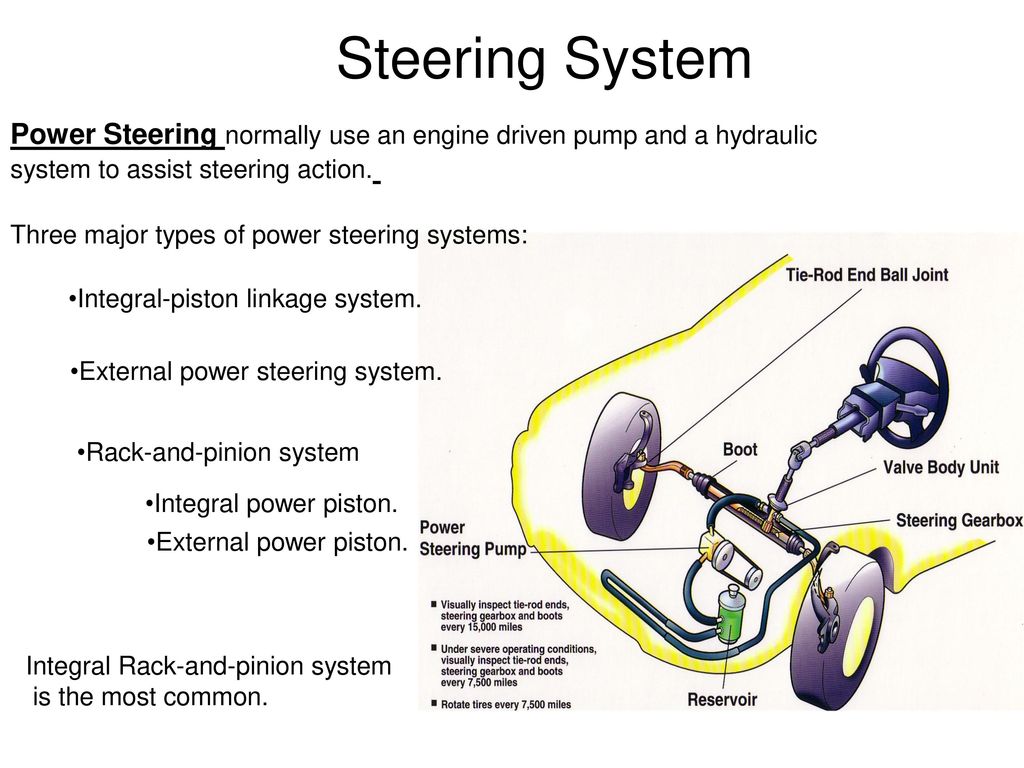
If you are a professional car dealer, you can also use the Autocode Profi service of unlimited car checks. Autocode Profi allows you to quickly check a large number of cars, add comments to reports, create your own lists of liquid vehicles, quickly compare options and store vehicle data in an orderly manner.
Tire wear or other negative factors may be hidden by the seller. So that they do not subsequently lead to problems in other parts of the machine, order an on-site Autocode check. The specialist will arrive at the place at any time and conduct a professional inspection of the vehicle. Checking the machine through Autocode will help to verify the correctness of your assumptions or refute them.
If there are no serious problems in the history and technical part of the car and you decide to buy, take the final step - enter the seller's passport data through the car owner verification service. This service will show whether he has problems with the law, whether his passport is valid, whether there are debts and enforcement proceedings.